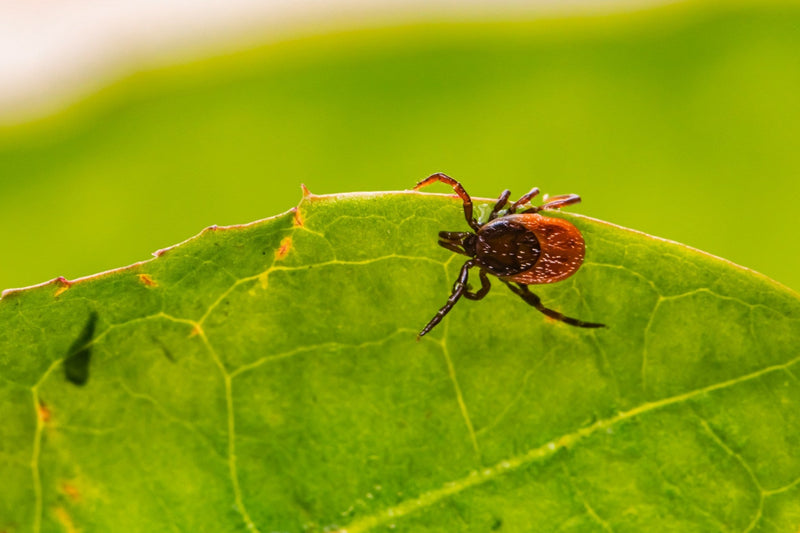Natural Tick-Repelling Tallow Soap Recipe for Homesteaders & Campers

If you work the land or spend long days in the woods, you know ticks aren’t just a nuisance — they’re a real threat. Lyme disease, Rocky Mountain spotted fever, and plain old skin infections can turn a good season bad in a hurry.
Chemical sprays like DEET work, sure. But they’re messy, smell harsh, and don’t exactly fit into the natural, self-reliant way many of us want to live. That’s what led me to try making a tallow-based tick-repellent soap. It’s not a silver bullet, but it’s become one of my best tools for keeping ticks at bay without spraying chemicals head-to-toe.
Why Soap Works Out Here
Let’s set expectations straight: natural soap isn’t going to give you six hours of tick-free protection like a permethrin-treated shirt will. But here’s what it does do:
- Washes off hitchhikers. A hot shower with this soap after chores or a day in the woods gets rid of ticks before they settle in.
- Builds mild repellency. Certain oils — cedarwood, rose geranium, clove, and others — have been tested to repel 80–98% of ticks in the short term.
- Fits daily routines. You’re going to wash up anyway. Why not let that bar of soap work double-duty?
Think of it as another layer in your defense system — alongside tall boots, tick checks, and brush control.
The Key Ingredients
- Tallow: Hard, long-lasting, and skin-friendly. Tallow makes a bar that doesn’t melt into mush in a humid camp shower and actually helps “anchor” essential oils so they don’t vanish right away.
- Cedarwood oil (cedrol content): Field-tested, repels ticks up to 94%.
- Rose geranium oil (geraniol content): Cattle studies show 98% tick repellency.
- Supporting oils (lavender, eucalyptus, citronella): Round out protection and scent, keeping the blend balanced.
This isn’t theory — these oils have been studied and tested in farm and field settings.
How to Use in the Field
- Post-exposure wash: After chores, hikes, or hunting trips, wash head-to-toe. Pay attention to ankles and legs where ticks climb first.
- Daily routine: Use during tick season for an extra layer of defense.
- Camping trips: Pack as your all-in-one soap. It’s light, solid, won’t spill, and safe for wilderness water.
The Bottom Line
Tick-repelling soap isn’t a magic fix. Protection lasts 30–90 minutes at best, compared to chemical repellents. But paired with good habits, it makes a real difference — especially for those of us living and working outdoors every day.
Homesteaders in Arkansas report their first tick-free summer after making this soap part of their daily wash. For me, it’s now as much a part of my toolkit as a sharp hoe or a good pair of boots. Feel free to modify the superfat content using our tallow soap lye calculator.
Because out here, prevention beats pulling ticks out of your skin every time.
